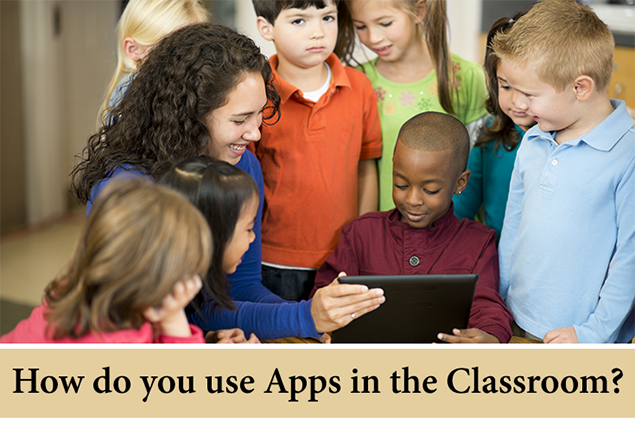How Can Teachers Use The SAMR Model To Integrate Apps In The Classroom?
Posted by Network Support · Leave a Comment
Design, develop and integrate learning technologies to support high levels of learning achievement…
Learning is the ultimate goal of the education system. Enabling and enhancing student learning is thus the driving force behind all classroom decisions. It naturally follows, that apart from the theoretical underpinnings and practical aspects of using apps in teaching, the most important question is – do they really help our students learn?
SAMR Model
Effective learning in any environment requires good design, management and pedagogy. SAMR, a model designed to help educators integrate technology into teaching and learning, was developed by Dr. Ruben Puentedura. The model aims to enable teachers to design, develop, and integrate digital learning experiences to transform learning, leading to high levels of student achievement.
The name of the model is derived from the four different stages – Substitution, Augmentation, Modification and Redefinition. Puentendura sees each of these as crucial in ensuring an enhanced integration of technology with learning.
‘App’-lication of the Model
Each stage involves the apps being used in a different capacity, and can fit into different areas of your teaching needs.
1. Substitution: The app is used as a direct replacement of a task, traditionally accomplished without it.
Example: Math Drills App replaces Math drill worksheet.
2. Augmentation: Using the app as a replacement of a task traditionally accomplished without it, but with a functional improvement.
Example: Math Drills app’s video and audio engages students visually. Its different levels and instant feedback motivate students, and provides the teacher with automated performance results.
3. Modification: Using the app allows for a significant task redesign.
Example: Students use the screen-casting app to demonstrate, narrate and record the process of solving a Math problem.
4. Redefinition: Using the app allows for the creation and execution of a new task which was previously inconceivable.
Example: Students design and create video tutorials intended for a global audience with global feedback in mind. They collaborate with peers to add their original work to a tutorial database.
5. Amplification: Using the app allows the user to build up and deepen skills practiced. Communication shifts from a small local audience (teacher, classmates) to a larger global audience; and Collaboration moves from face-to-face peers to global peers and experts.
Example: Created screencast video is published and embedded on a classroom or student blog. Teacher and students deliberately disseminate links to the video via global networks.
Like this article for teachers?
Browse the Professional Learning Board COURSE CATALOG to find related online courses for teachers in your state. Professional Learning Board is a leading provider of online professional development classes that teachers use to renew a teaching license or renew a teaching certificate.





